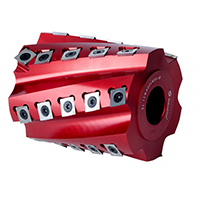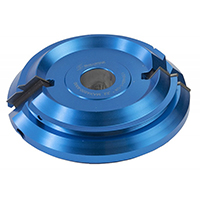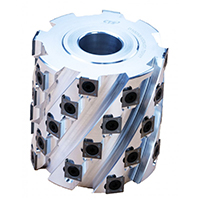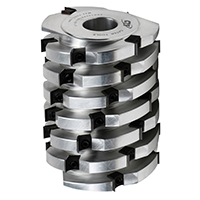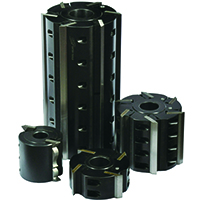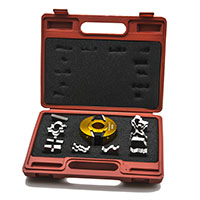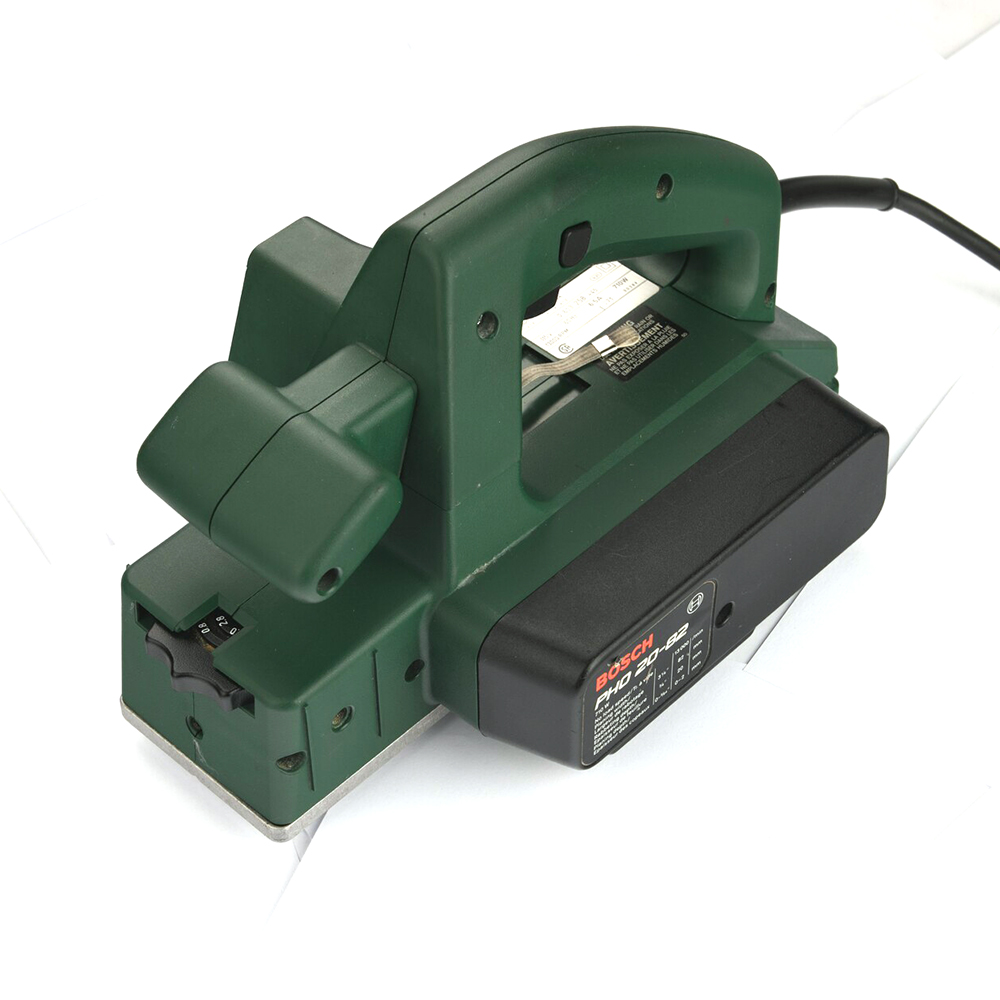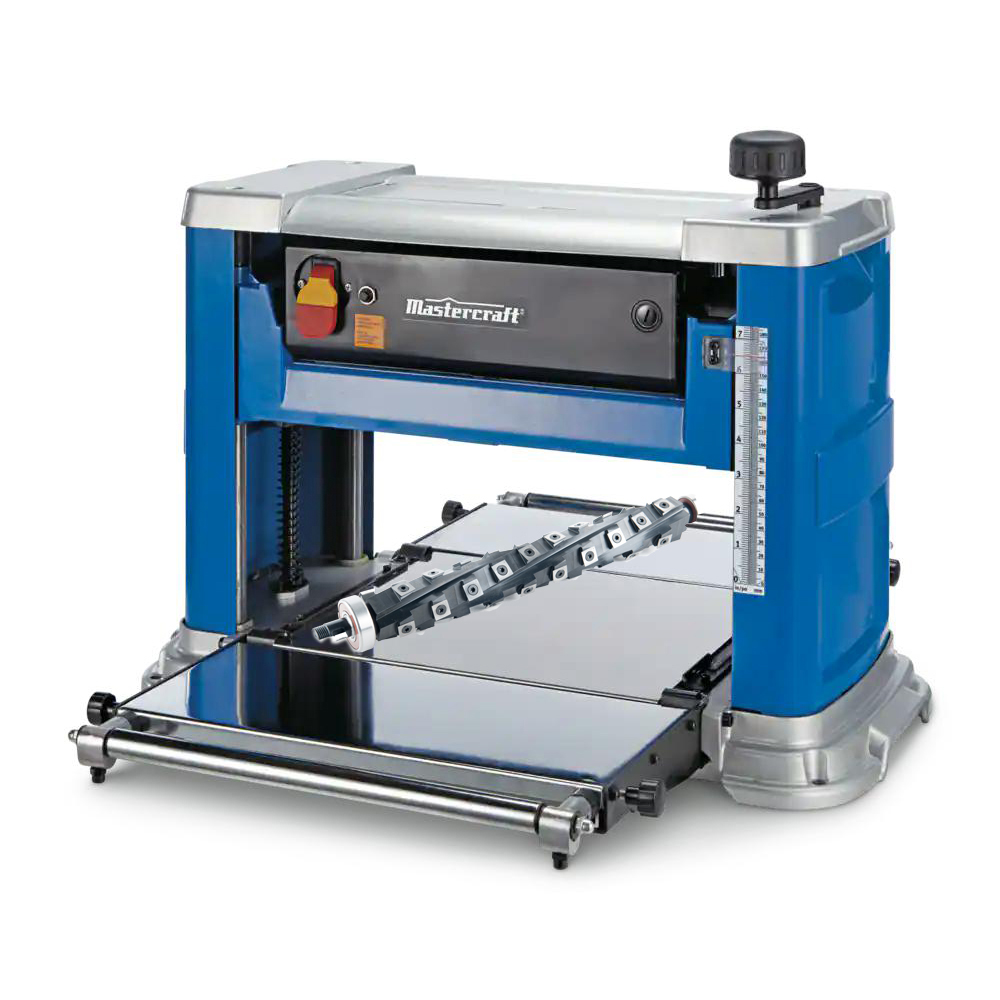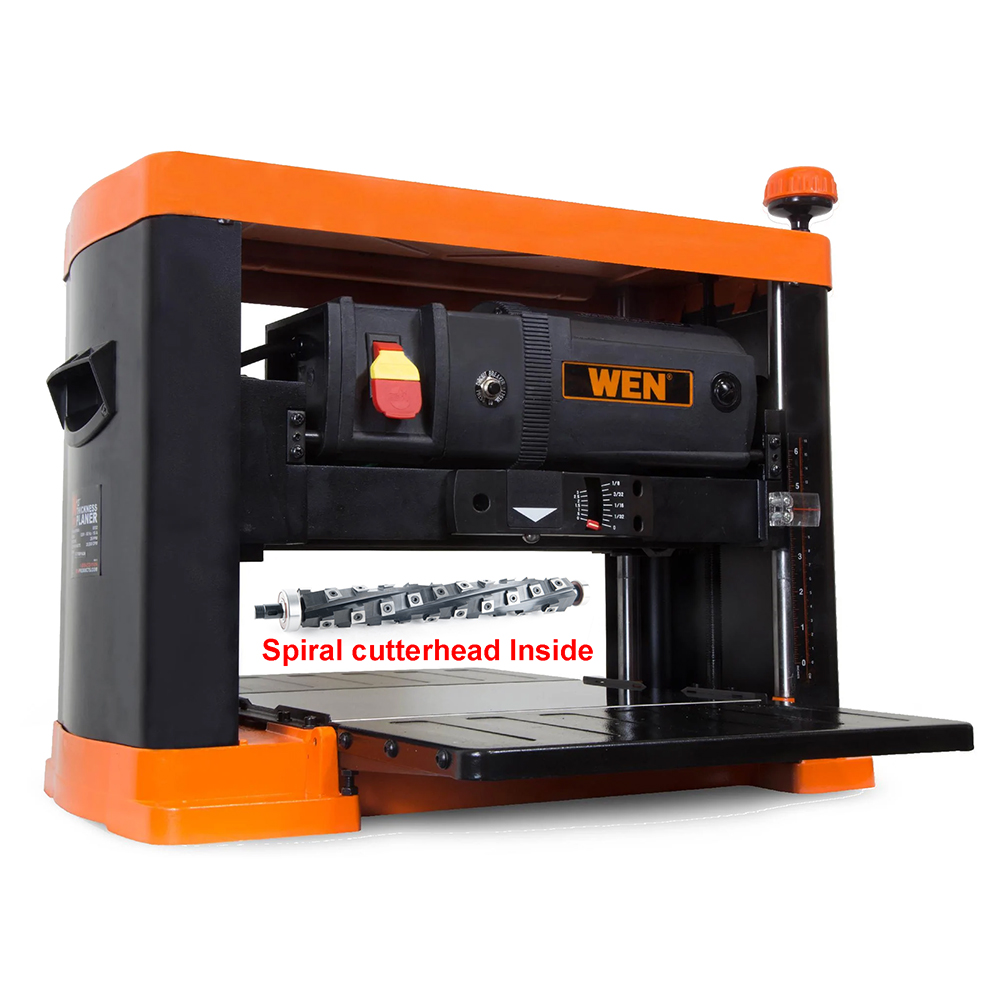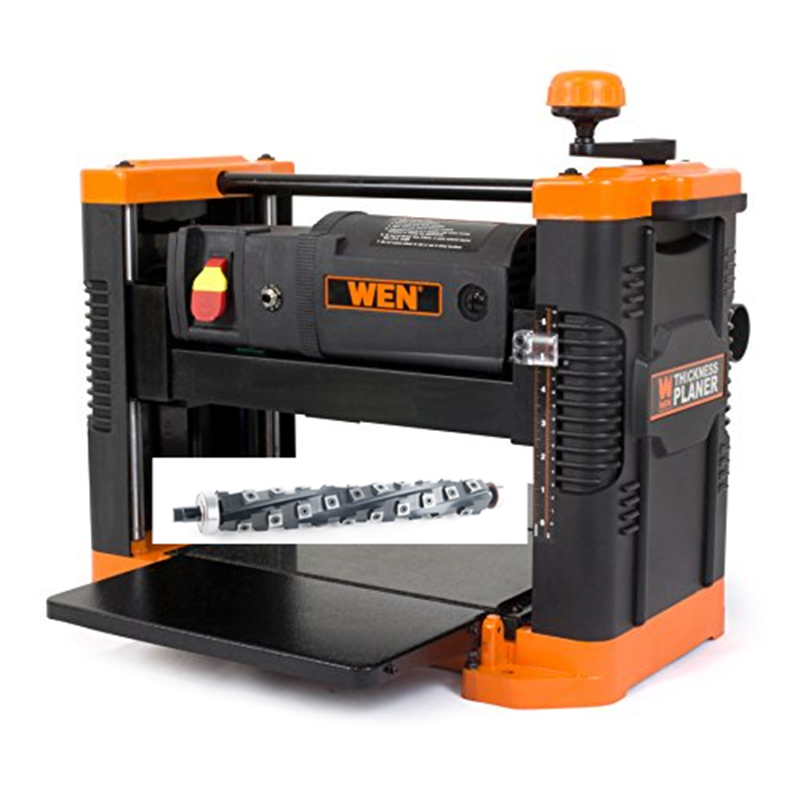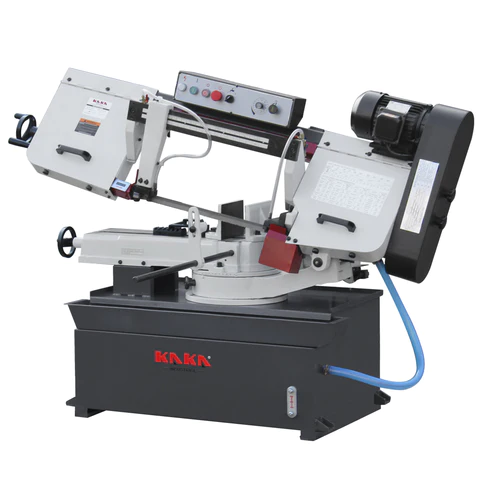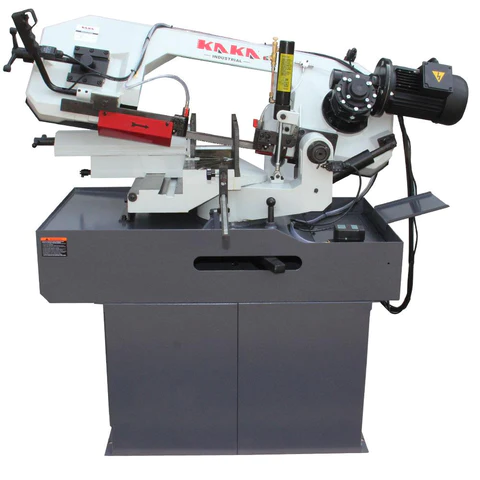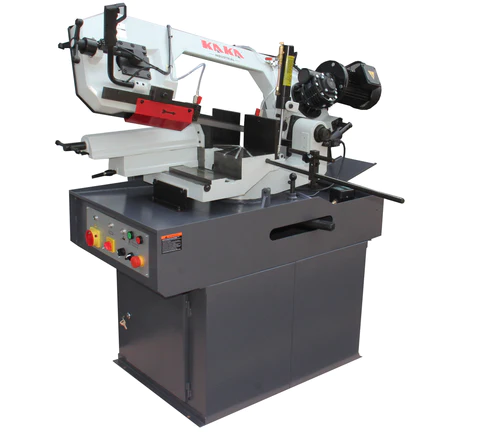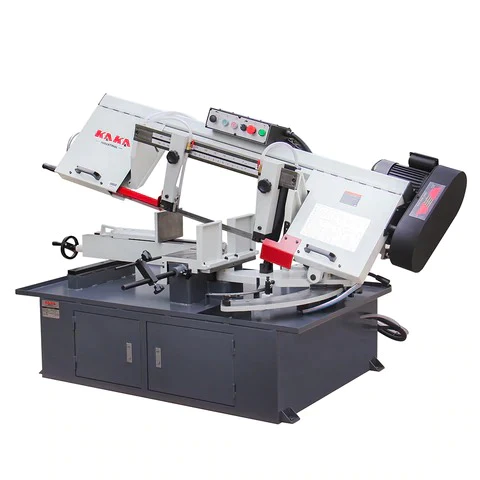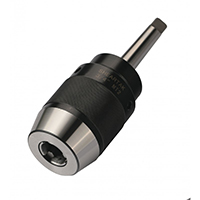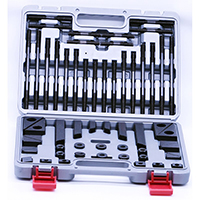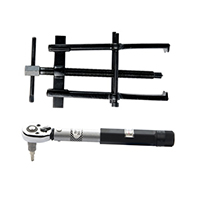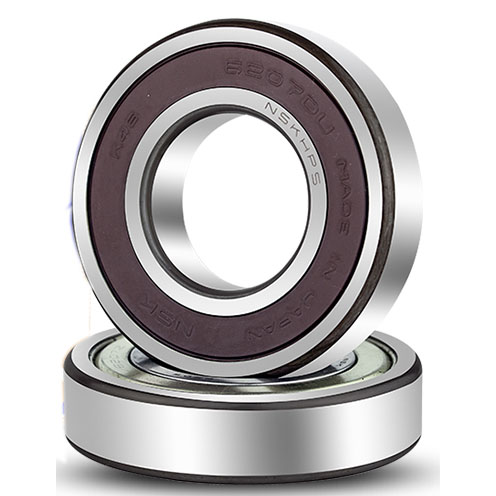Snipe is a frustrating issue that some planers may experience, where the machine digs deeper at the beginning and/or ends of boards. This can range from a minor dip that only becomes visible after applying finish, to a more noticeable depth. Snipe usually occurs when the board is thin or when the pressure from the infeeding and/or outfeeding rollers is not set properly.
If snipe appears at the beginning of the board, there are several possible causes to consider, such as the press bar being set too low, the chip breaker being set too high, the upper infeed roll being set too high, the lower infeed roll being set too high, or the spring tension being too light on the pressure bar.
On the other hand, if snipe appears on the end of the board, there are other potential causes to consider, such as the press bar being set too high, the upper outfeed roll being set too low, the lower outfeed roll being set too high, the board not being properly butted, or the grain running against the knives.
The occurrence of snipes is not influenced by the type of cutterheads used. It's misleading to claim that helical or spiral cutterheads can eliminate or significantly reduce snipes.

